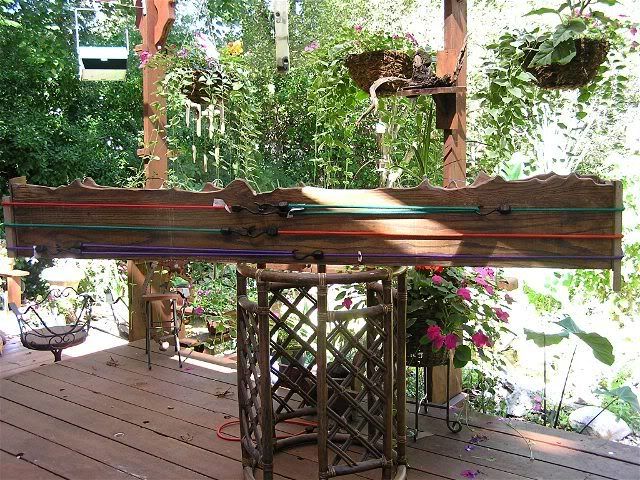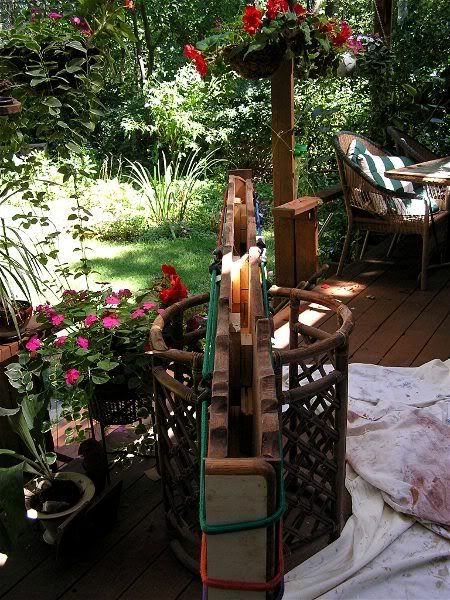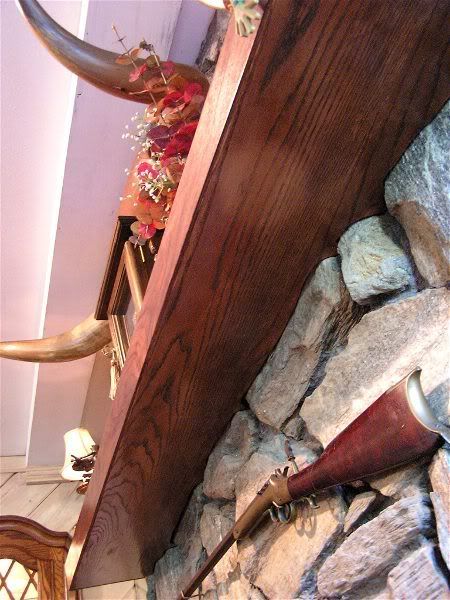I'm building a large face frame to go over some shelves next to a fireplace. I would like the side/stile to look as professional as possible as far as fit. Can anyone explain the finer points of scribing and or point me in the direction of a good video? Thanks
Scribing
Collapse
This topic is closed.
X
X
-
Well you are in the right place! Many folks will chime in soon enough. Tell us more about the fireplace material that will be adjacent to your project/stile you want to scribe. Brick, irregular stones, tiled, drywall, etc. Pic is better! Scribing is simply drawing the irregular distance between your two surfaces. You would fit your piece say 1/2" from the surface and using a compass open the compass an equal distance or enough for the pin and pencil to touch the wall and stile respectively. Then without changing the distance, you drag the pencil along the surface of the stile while the pin "scribes" over the irregular surface drawing for you the pattern you will need to cut out in order for the stile to fit flush against the irregularities. I would suggest you get some scrap wood and try this a few times to get the hang of it. Also you said stile, so I am thinking that this will be a fairly thick piece. I dont know what everyone else thinks on this matter, but I dont think you would want to scribe through a 1.25" thick piece. I would probably bevel cut a relief so that there is less material to work through. As long as the top or bottom edge of this piece will not show. Hope this helps you. Show us some pics and a sketch. I think in straight lines, but dream in curves
I think in straight lines, but dream in curves
-
C&H has it right on scribing technique. The only change I would make is for anything over 1/4" thick I would router a rabbit behind the face to bring the edge to 1/4" or so, which will make it much easier to get a tight fit using hand tools and sandpaper.Comment
-
The wood is oak. The stile is about 5' tall. It buts directly up against a sheet rocked wall. How do you guys hold the piece steady and plumb while scribing? I also find it super difficult to see the line that was made. Do you think it would be ok to use a fine point magic marker? Thanks guysComment
-
The wood is oak. The stile is about 5' tall. It buts directly up against a sheet rocked wall. How do you guys hold the piece steady and plumb while scribing? I also find it super difficult to see the line that was made. Do you think it would be ok to use a fine point magic marker? Thanks guys
You set the cabinet, or frame where it can be scribed (marked). You can secure masking tape to the face so a thin pencil line can be seen. You can cut on the heavy side of the line and rasp/sand to fit. You could also make an add on profile to sit on the faceframe that you scribe the wall side. A piece like that can be 1/4" thick.
If you are against drywall/sheetrock, and the gaps are minimum, just caulking may come out with a cleaner look.
.Comment
-
Ok, I'm going to chime in here, even though I feel funny doing so amongst the pros.
I will try and explain how the head guy around here did our mantle on an irregular stone fireplace.
Firstly, he used a piece of paneling as a pattern. Remember when everything was paneled in the old days? Well, we still have a load of it in the garage, and it sure has comes in handy many times over.
Here is how he did it.... He cut a piece of 1/4 " thick paneling --several inches wide and the length we planned on making the mantle. Then he cut a small piece of wood (think of a piece of wood that is the size of a nail file, only thicker) and drilled a hole a few inches back in that piece of wood --in order to put a pencil through the hole. Hold up the paneling to the stone and run your small piece of wood (with the pencil in it) along the stone (this is the scribing part) and the pencil will be marking the paneling as it follows the stone...thus creating your pattern.
Then cut the paneling following the pencil line and that's your pattern for your wood... (after you cut out the paneling pattern -- try it out for accuracy before you cut into your oak wood)
In our fp, because the stone is so thick we had to do this twice, once for the top and once for the bottom.
I'll get a couple of pics, hold on... JoannComment
-
I was going to suggest that 11th century monks make the best scribes (and I can't recommend any of the videos from back then), but I think chopnhack hit the nail on the head.
Uh... wow. online at http://www.theFrankes.com
online at http://www.theFrankes.com
while ( !( succeed = try() ) ) ;
"Life is short, Art long, Occasion sudden and dangerous, Experience deceitful, and Judgment difficult." -HippocratesComment
-
Good point by Joann. I remember seeing someone use a block wood that had one side cut down to a point that was rounded over. It was more accurate than just a flat square edge.I think in straight lines, but dream in curves
Comment
Footer Ad
Collapse






Comment